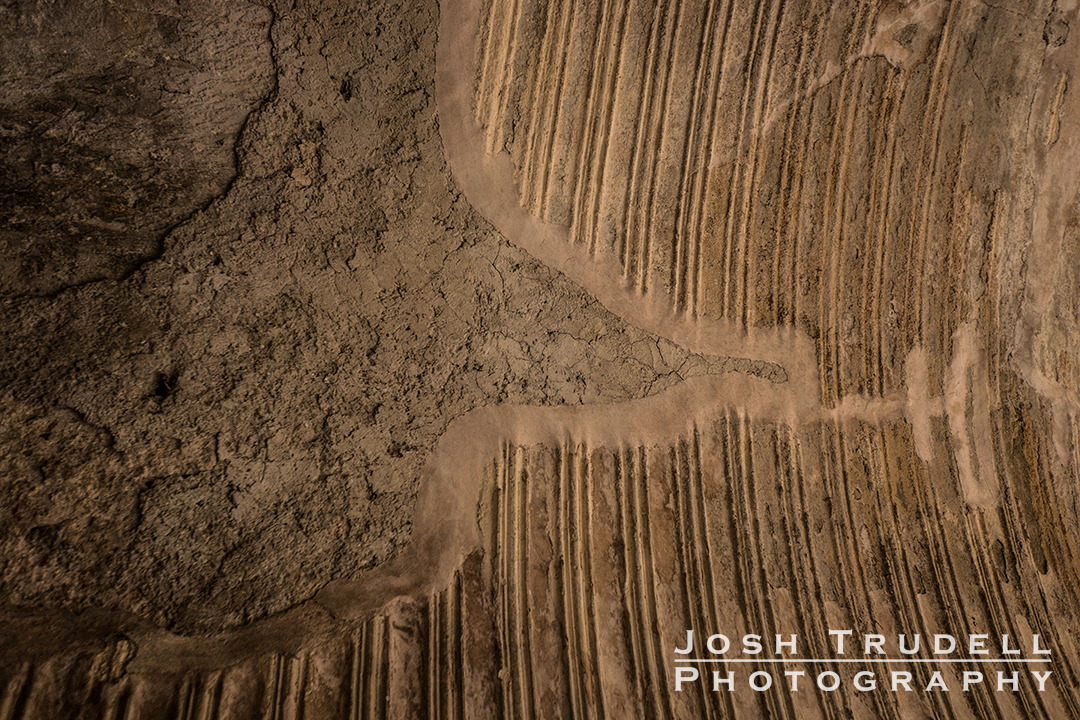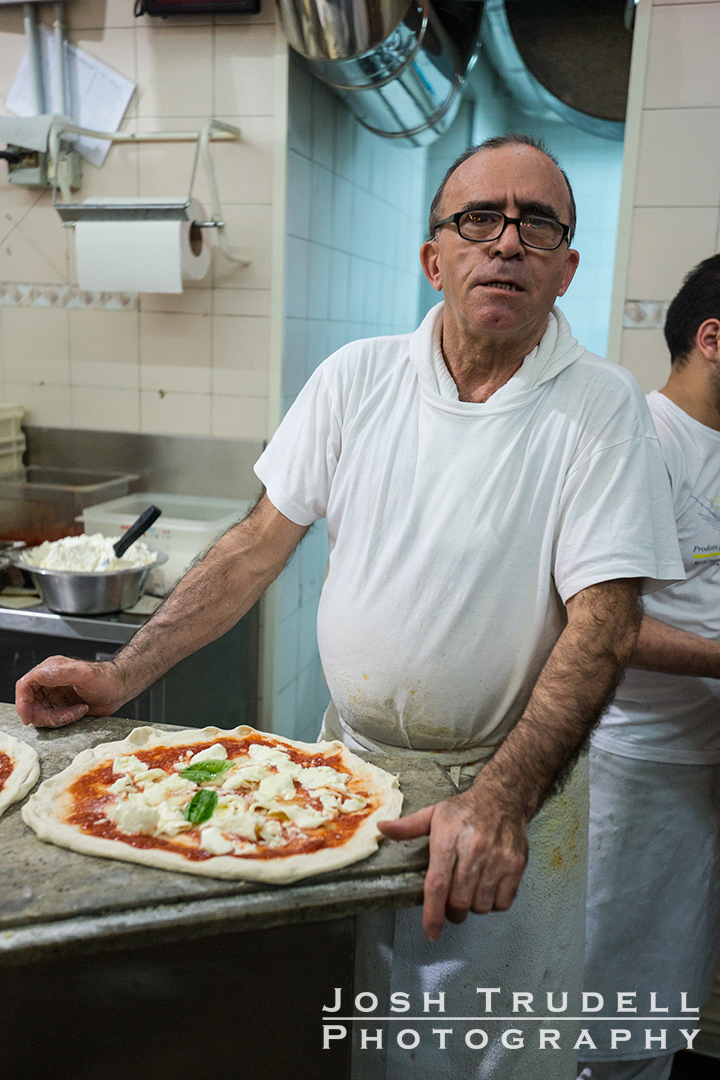 Building roads. Arguing over lunch. Putting out laundry. Leading ordinary lives – before they were buried under hundreds of feet of ash.
Building roads. Arguing over lunch. Putting out laundry. Leading ordinary lives – before they were buried under hundreds of feet of ash.
From the ruins of Pompeii, it’s hard to miss the decapitated mountain that snuffed out all those lives – Vesuvius sprawls in the distance, looking more like a group of smaller mountains rather than one massive peak since its explosion.
Taking a brief respite from Rome, we hopped the train and headed out to the ruins.
It’s a relatively easy train ride from Rome to Pompeii, but it is three hours long, with a change in Naples. The journey was worth it, though.
Despite being buried under the ashes from the eruption of Mount Vesuvius for hundreds of years, restoration and preservation efforts showed what was once a busy, prosperous city. The narrow stone streets are grooved from chariot tracks — except where they stopped as a rebuilding project was halted by the explosion.
As we came to an intersection, open buildings on opposite corners held what appeared to be benches and counters with holes that once held hot food — they appeared to be competing chariot drive-through restaurants.
The narrow streets open into the main piazza, a wide grassy area that, with the open plateau the city rests on, gives Pompeii the feel of a park.
In comparison, Herculaneum – another town destroyed by the eruption of Vesuvius - is wall-to-wall with the modern-day town of Ercolano on three sides. Laundry hanging from neighboring apartment buildings flutters over the edge of the ruins.
We initially were unsure about stopping in Herculaneum - by the time we left, Pompeii it was getting late in the afternoon, and we were hoping to stop in Naples for pizza on the way back to Rome.
But the stop for Ercolano is only a couple of stops from Pompeii, so we jumped off the train and enjoyed the short walk through the city streets. We were glad we did. The mosaics and paintings were better preserved than what we saw in Pompeii, with bright blues and reds still marking the tiles.
Far fewer people were touring the site, and more of the city was available for simple wandering.
Studies have suggested that Herculaneum's condition is better than Pompeii's because ash helped prevent buildings from collapsing, creating an airtight seal that lasted until major excavation began at the site in 1738.
As we ducked into and out of the narrow doorways, the difference between the two communities became clearer — Pompeii was more of a commercial hub, with wider streets and bigger buildings, while Herculaneum was a bedroom community.
 Stopping in Naples – where pizza was invented – was an adventure all by itself. With the city suffering ongoing garbage disposal issues, the piles of trash on the street corners were huge. Combined with a lack of streetlights – we walked six blocks from the train station and didn’t see a light – it was a challenge.
Stopping in Naples – where pizza was invented – was an adventure all by itself. With the city suffering ongoing garbage disposal issues, the piles of trash on the street corners were huge. Combined with a lack of streetlights – we walked six blocks from the train station and didn’t see a light – it was a challenge.
The pizza, however, was excellent. Da Pellone only serves pizza – huge slabs of fresh crust with cheese and sauce in true Neapolitan style, and it was fantastic.
The cooks were kind enough to let me shoot a few frames of them cooking, too, which was a real treat.
*Portions of this post appeared in a story I wrote about the trip to Pompeii for the San Antonio Express-News, titled “Under the Ash Lay a Prosperous Pompeii.”